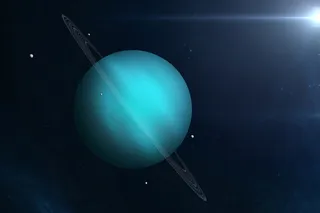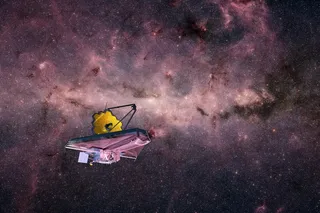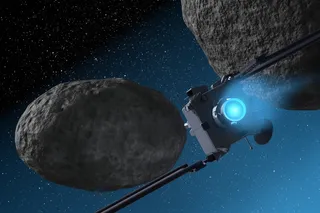As a child, Mike Brown had all the trappings of an astronomer-in-the-making, with space books, rocket drawings, and a poster of the planets on his bedroom wall. On it, Pluto was depicted as “this crazy and very eccentric planet,” he says. “It was everyone’s favorite crazy planet.” Brown still recalls the mnemonic he learned for the names of the planets: Martha visits every Monday and—a for asteroids—just stays until noon, period. “The ‘period,’ for Pluto, was always suspicious,” Brown says with a laugh. “It didn’t seem to fit. So maybe that was when I first got the idea that Pluto didn’t belong.”
Nowadays Brown, a planetary astronomer at Caltech, has no doubt about Pluto’s place in the solar system: “Pluto is not a planet. There is no logical reason to call Pluto a planet.” Like a growing number of his colleagues, Brown believes Pluto is best understood as the largest ...














